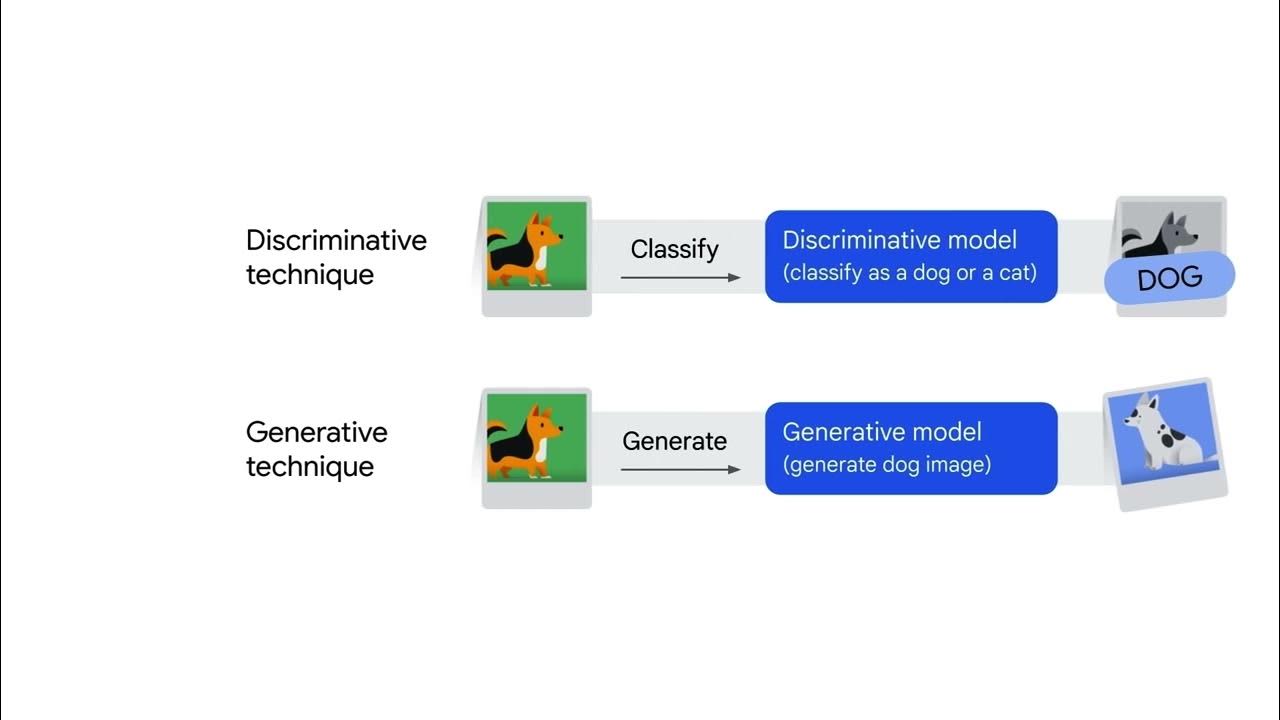What is Artificial Intelligence? | Artificial Intelligence in 10 Minutes | What is AI? | Simplilearn
Summary
TLDRThis video provides an engaging introduction to Artificial Intelligence (AI), explaining its evolution, key types, real-world applications, and future potential. From its origins in the 1950s with John McCarthy to modern AI advancements like smart homes and robotic assistants, viewers are introduced to AI's rapid progress. The video covers the four types of AI—reactive, limited memory, theory of mind, and self-aware AI—and highlights its current applications in fields such as banking, cybersecurity, and customer support. It concludes by exploring the exciting future possibilities of AI, including autonomous transportation and robotic assistance.
Takeaways
- 😀 AI is increasingly integrated into daily life, with one key example being smart homes where appliances are voice-controlled and sensors adjust settings like lighting and temperature.
- 😀 The history of artificial intelligence dates back to 1956, when the term was first coined by John McCarthy, and has rapidly advanced through key milestones like Deep Blue defeating a chess champion in 1997.
- 😀 Shakey, the first general-purpose mobile robot in 1969, marked a major step in AI development by processing data to perform purposeful tasks.
- 😀 By 2002, the first commercially successful robotic vacuum cleaner made AI more accessible to the average consumer.
- 😀 The evolution of AI continues, with advancements from simple speech recognition to smart homes, robotic process automation, and dancing robots.
- 😀 AI can solve problems like humans by recognizing speech, detecting objects, learning from data, and planning future actions.
- 😀 AI is classified into four types: purely reactive (reacts to inputs without memory), limited memory (uses past data for decisions), theory of mind (understands emotions and thoughts), and self-aware (conscious and independent decision-making).
- 😀 Purely reactive AI systems, like Deep Blue, make decisions based solely on current input without the use of historical data.
- 😀 Limited memory AI, such as recommendation systems, can suggest actions based on prior interactions or data, improving decision-making over time.
- 😀 The future of AI includes applications in automated transportation, smart cities, robotic assistants for elderly people, and robots taking over hazardous jobs like bomb defusing.
Q & A
What is Artificial Intelligence (AI)?
-Artificial Intelligence (AI) is a branch of computer science that focuses on creating intelligent machines capable of mimicking human actions such as recognizing speech, learning from data, making decisions, and solving problems.
What is an example of AI in today's world?
-A smart home is a great example of AI in today's world. In a smart home, appliances such as lights, air coolers, and security systems are controlled by AI to improve convenience, comfort, and security.
Who coined the term 'Artificial Intelligence' and when?
-The term 'Artificial Intelligence' was coined by John McCarthy in 1956 during the first AI conference.
What is Shakey, and why is it significant in AI history?
-Shakey was the first general-purpose mobile robot, introduced in 1969. It marked a significant milestone as it was able to perform tasks with a purpose rather than just following a list of instructions.
What milestone did IBM's Deep Blue achieve in 1997?
-In 1997, IBM's supercomputer Deep Blue defeated the world chess champion, Garry Kasparov, marking the first time a computer used logic to defeat a human in a complex game.
What are the four types of Artificial Intelligence?
-The four types of AI are: 1) Purely Reactive AI, which reacts based on current data; 2) Limited Memory AI, which uses past data to make decisions; 3) Theory of Mind AI, which understands emotions and thoughts (still under development); 4) Self-Aware AI, which would have consciousness and sentience (yet to be developed).
What does 'Purely Reactive AI' mean?
-Purely Reactive AI refers to systems that make decisions based solely on immediate data without any memory or previous experiences, such as a chess-playing AI that calculates the best possible moves based on the current game state.
What is 'Limited Memory AI' and how does it work?
-Limited Memory AI is designed to use past data to inform decisions, but its memory is restricted. For example, a restaurant recommendation system might suggest places based on previous dining habits.
What are some current applications of AI in business?
-Some current applications of AI in business include banking for fraud detection, customer support automation through AI chatbots, cybersecurity for detecting threats, and virtual assistants like Siri and Alexa for voice-activated tasks.
What does the future of Artificial Intelligence hold?
-The future of AI includes developments like automated transportation, robots assisting with daily tasks, smart cities with AI-managed systems, and robots taking over hazardous jobs. AI will continue to evolve and integrate more deeply into everyday life.
Outlines

هذا القسم متوفر فقط للمشتركين. يرجى الترقية للوصول إلى هذه الميزة.
قم بالترقية الآنMindmap

هذا القسم متوفر فقط للمشتركين. يرجى الترقية للوصول إلى هذه الميزة.
قم بالترقية الآنKeywords

هذا القسم متوفر فقط للمشتركين. يرجى الترقية للوصول إلى هذه الميزة.
قم بالترقية الآنHighlights

هذا القسم متوفر فقط للمشتركين. يرجى الترقية للوصول إلى هذه الميزة.
قم بالترقية الآنTranscripts

هذا القسم متوفر فقط للمشتركين. يرجى الترقية للوصول إلى هذه الميزة.
قم بالترقية الآنتصفح المزيد من مقاطع الفيديو ذات الصلة

Introduction to ML: What is Machine Learning? | ML for Beginners

รู้จัก AI ใน 10 นาที (แบบ Technical)

Fundamentos de Sistemas Inteligentes - Aula 1 - Introdução a Inteligência Artificial

Machine Learning vs Deep Learning vs Artificial Intelligence | ML vs DL vs AI | Simplilearn

What is Artificial Intelligence ? and It's Types and Techniques | Learn AI Courses Free in Hindi #ai

Introduction to Generative AI
5.0 / 5 (0 votes)
